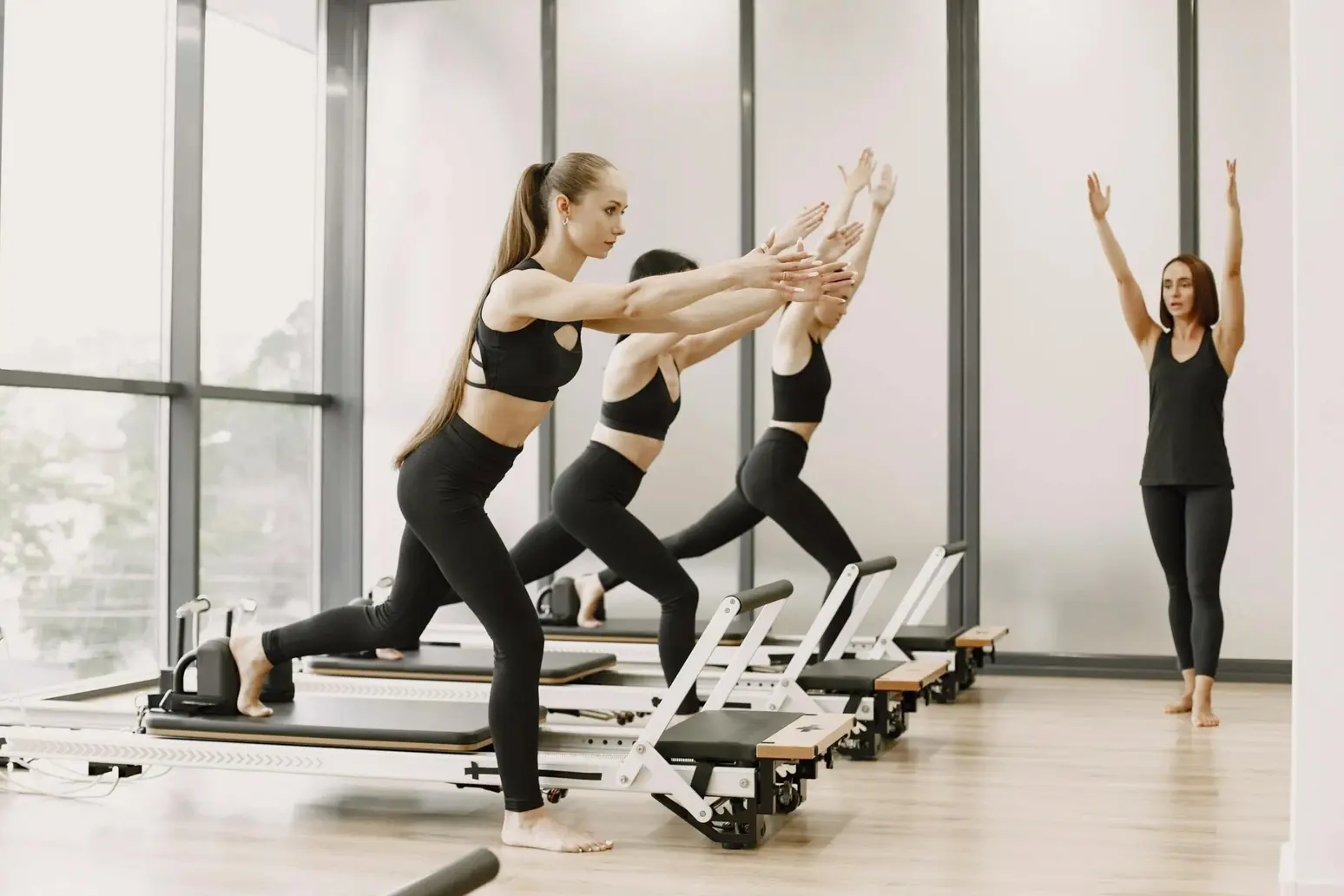
Both yoga and Pilates are celebrated for improving flexibility, posture, and mind-body connection. But while they share similarities, their roots, techniques, and benefits differ in meaningful ways. If you’ve ever wondered, “Is yoga better than Pilates?” or vice versa, you’re not alone. The truth? It depends on your goals, body type, and even mood. This comparison of yoga vs Pilates will help you understand each practice so you can decide which one deserves a spot in your wellness routine—or whether both do.
Yoga has ancient roots dating back thousands of years in India. It's a spiritual practice that combines movement, breathwork, and meditation. While modern yoga can be very physical, its foundations are holistic—aimed at uniting body, mind, and soul.
Pilates, on the other hand, was developed in the 20th century by Joseph Pilates as a physical conditioning system. It’s grounded in biomechanics and breath control, with a focus on core strength, posture, and controlled movement.
In yoga, movement ranges from slow and meditative (like yin or restorative yoga) to intense and athletic (like vinyasa or power yoga). You’ll often hold poses for several breaths, building endurance and flexibility.
Pilates is more structured and repetitive. It involves small, controlled movements that target specific muscle groups—especially the core. Classes can be mat-based or equipment-based (like reformers), and they tend to be more focused on precision than flow.

If you’re looking to improve flexibility, yoga wins hands-down. With deep stretches and long-held poses, it opens up tight muscles and improves range of motion over time.
But if your main goal is to build core strength, posture, and muscular control, Pilates may be more effective. Its structured routines target the abs, glutes, and back muscles like no other.
Yoga shines when it comes to mental well-being. The practice incorporates meditation, breathwork (pranayama), and mindfulness in nearly every class, making it ideal for stress relief, anxiety, and emotional regulation.
Pilates offers focus and concentration, but it doesn’t typically include meditation or spiritual teachings. However, many people find the structured breathing and controlled movements of Pilates to be grounding and mentally calming in their own way.

Choose yoga if:
Choose Pilates if:
It’s Not Either-Or—It’s What You Need Most
When debating yoga vs Pilates, the answer isn’t which one is better—it’s which one suits your current goals and lifestyle. Yoga offers deep relaxation, improved flexibility, and mental clarity. Pilates builds strength, body awareness, and muscular alignment. Both are powerful tools for building a better body and mind.
So next time you're wondering, "Is yoga better than Pilates?" consider this: you don’t need to choose one forever—choose what your body needs today.
Is yoga better than Pilates for beginners?
Both are beginner-friendly. Yoga may be easier to access without equipment, while Pilates offers structure and targeted strength work.
Is Pilates better than yoga for back pain?
Yes—Pilates strengthens the core and supports spinal alignment, which helps alleviate back pain for many people.
Can I do yoga and Pilates in the same week?
Absolutely. Many people alternate between them or combine them in hybrid classes.
Does Pilates improve flexibility too?
Yes, but not as deeply as yoga. Pilates prioritizes control and strength through a functional range of motion.
Which is better for weight loss?
Both can contribute to weight loss, but HIIT, cardio, and strength training may be more efficient. Yoga and Pilates support weight management through core work, metabolism, and stress reduction.














From breaking news to thought-provoking opinion pieces, our newsletter keeps you informed and engaged with what matters most. Subscribe today and join our community of readers staying ahead of the curve.
From breaking news to thought-provoking opinion pieces, our newsletter keeps you informed & engaged.